I’m warning you now. If we see any donkeys, we’re stopping.” We were barely 30 minutes out of Puerto Vallarta, hurtling down Highway 200 toward the Costa Careyes Resort for a week of polo and sunshine. The two-lane road wound its way south through tropical forests and steep hills punctuated by picturesque villages. A sign warned against hunting panthers. At an open-air restaurant, a woman made fresh tortillas under a canopy of palm fronds. It was the Mexico of my imagination. We stopped for the tortillas (and a donkey). We stopped again to buy hot, pineapple-filled pastries fresh from a clay oven. We stopped to photograph a cow in the road. The promised two-and-a-half hour drive from Puerto Vallarta stretched to nearly four hours.
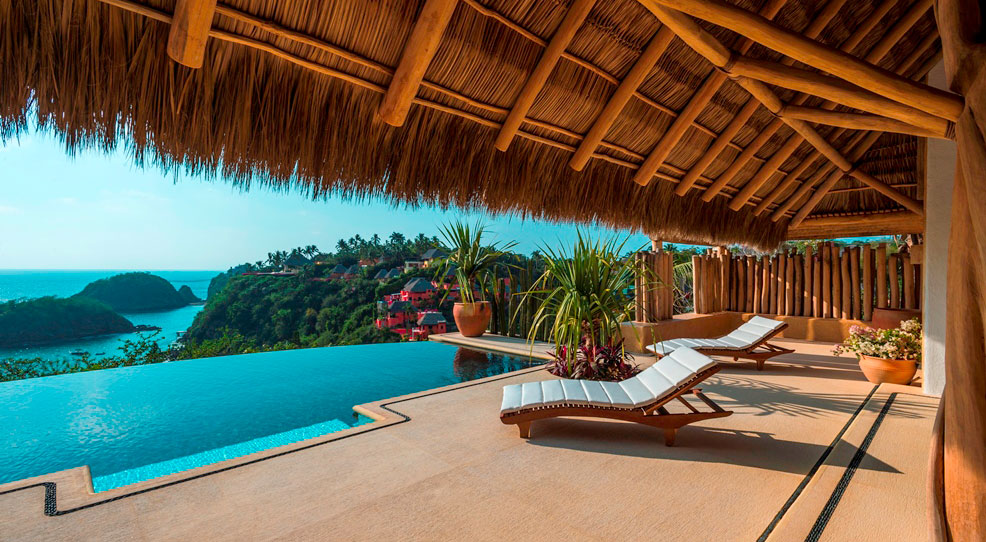
Thanks to my mania for the Mexican countryside, we arrived at Careyes well after dark. Had I known what awaited, I might have forgone the cow. To arrive at Careyes after sunset is to be deprived of a spectacular visual welcome. After passing a gatehouse as pink as a Pacific sunset, a cobblestone road curved uphill past lush greenery and bougainvillea-vined walls. Our destination was the Casa Selva, its sunshine-yellow walls glimmering in the moonlight.
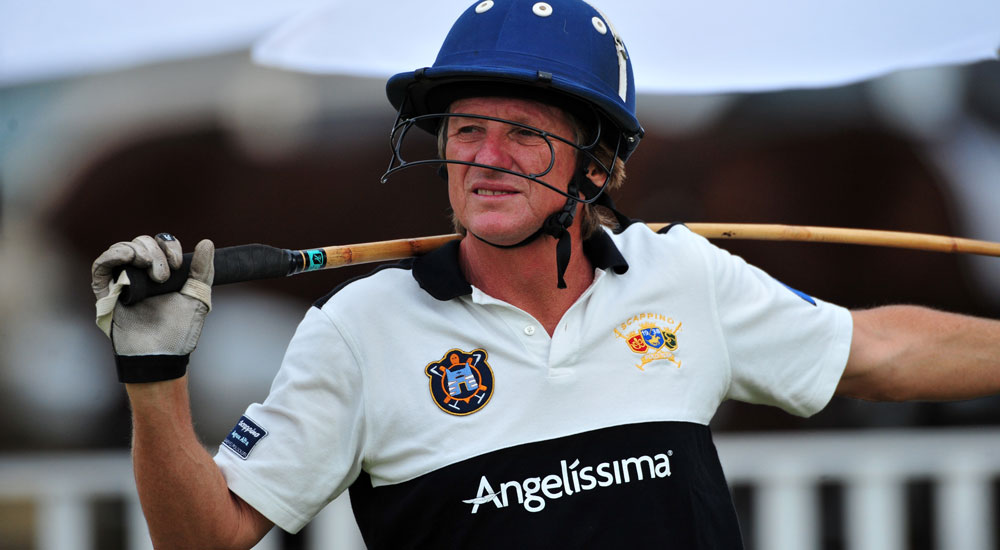
I’d come to Mexico with polo on my mind. Giorgio Brignone, the polo-playing son of Careyes founder Gian Franco Brignone, had invited me to attend the annual Careyes Polo Club Thanksgiving tournament. But as I settled into the Casa Selva, it became clear that polo is hardly the sole attraction at Careyes. Indeed, the resort is a glamorous bolt-hole for the international cognoscenti, appreciated not only for its spectacular beauty, but for the privacy it affords.
Fifty years ago, Gian Franco Brignone, a banker from Turin, Italy, was flying over the region south of Puerto Vallarta in a light plane when he clapped eyes on a vast stretch of unspoiled beach and a series of reef-fringed islands. It was love at first sight. Without so much as setting foot on the land, Brignone bought more than eight miles of the Pacific coastline to develop. He initially intended to create a conventional resort, but after partner Gianni Agnelli pulled out of the deal, Brignone opted to open a small hotel instead. The establishment quickly became a hit with Gian Franco’s glamorous European friends and thus Careyes was born.
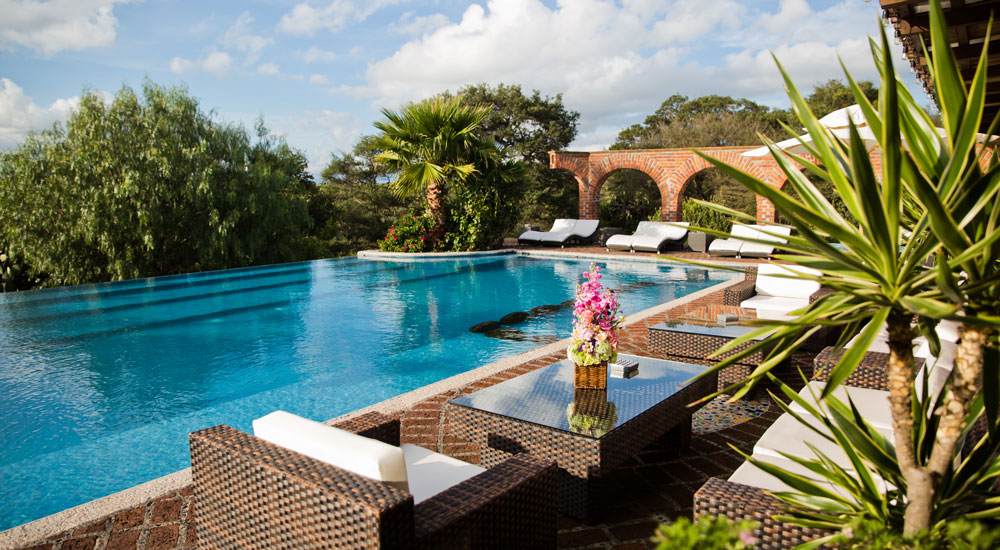 Brignone was forced to build the infrastructure from scratch, and slowly the jungle gave way to a community of private villas, casitas, and bungalows as well as two stunning oceanside castles that serve as bookends to the resort. Drawing upon the expertise of Italian and Mexican architects, Brignone created a destination that combines the sensual feel of the Mediterranean with the singular style of Mexican architecture.
Brignone was forced to build the infrastructure from scratch, and slowly the jungle gave way to a community of private villas, casitas, and bungalows as well as two stunning oceanside castles that serve as bookends to the resort. Drawing upon the expertise of Italian and Mexican architects, Brignone created a destination that combines the sensual feel of the Mediterranean with the singular style of Mexican architecture.
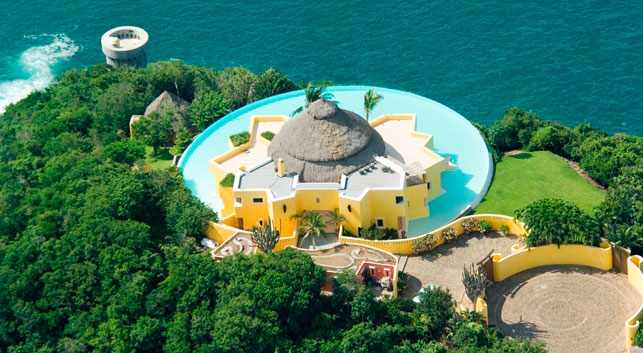 Everywhere is a riot of color. From castle to casita, the buildings are painted in striking tones of yellow, orange, pink, coral, and blue. There are no sharp edges at Careyes, figuratively or literally. Corners are rounded, and much of the furniture is built in, made of concrete painted gleaming white and topped with colorful cushions.
Everywhere is a riot of color. From castle to casita, the buildings are painted in striking tones of yellow, orange, pink, coral, and blue. There are no sharp edges at Careyes, figuratively or literally. Corners are rounded, and much of the furniture is built in, made of concrete painted gleaming white and topped with colorful cushions.
With a constant year-round temperature in the 73 to 83-degree range and an average 25 days of rain, life is meant to be lived outdoors. Every house is built in the palapa style indigenous to West Mexico, with three walls, one side open, and a palm thatched roof. The design is such that each open wall is situated to create the perfect frame for a breathtaking ocean view.
Again, don’t make my mistake and arrive after dark. It was only the next morning, when I drifted out from my luxuriant cloud of a bed, that I saw the view. Let me tell you, it was a jaw dropper. Casa Selva sits high on a hill and from the open-air living room I looked down first on an infinity pool, then a vast tangle of jungle, and finally the brilliant blue of the Pacific. A great hummock of jungle covered island rose up in the bay. It’s a rare gift when the real world surpasses fantasy, and this was just the beginning.
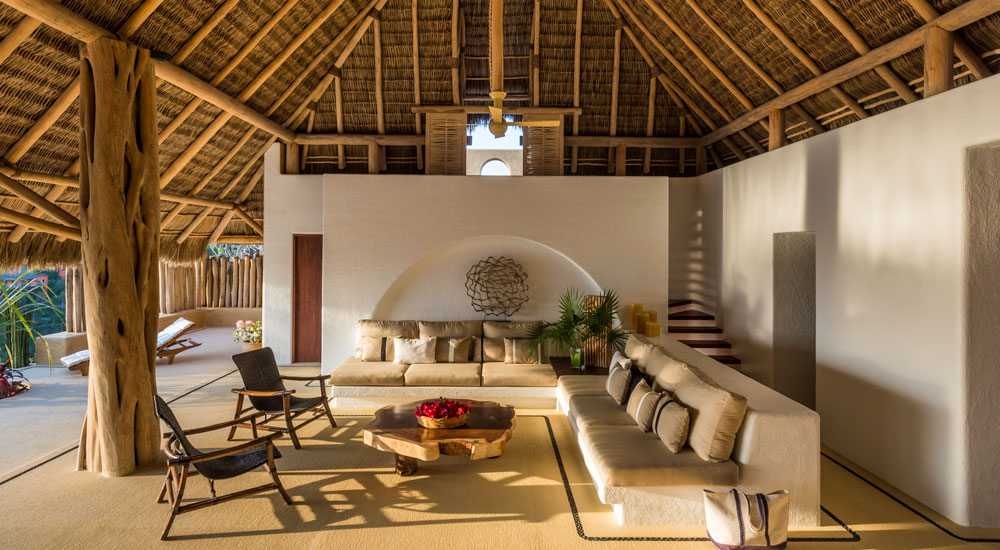
My stay began with a tour, and as I looked at each new style of accommodation, visions of future trips to Careyes danced in my head. The beach bungalows are painted pink and are steps away from the ocean. The casita has a hammock and a plunge pool. The castle has a funicular to the beach. I was starting to feel a bit dizzy. We carried on to the El Careyes Club and Residences, a community of condos built around an open-air restaurant and a series of infinity pools. Ranging from one to three bedrooms, the condos boast a sophisticated aesthetic that blends a sleek modern style with elements of local design. Unlike the charming villas and casitas, the condos are air-conditioned, a boon for those disposed to wilt in the moist tropical heat.
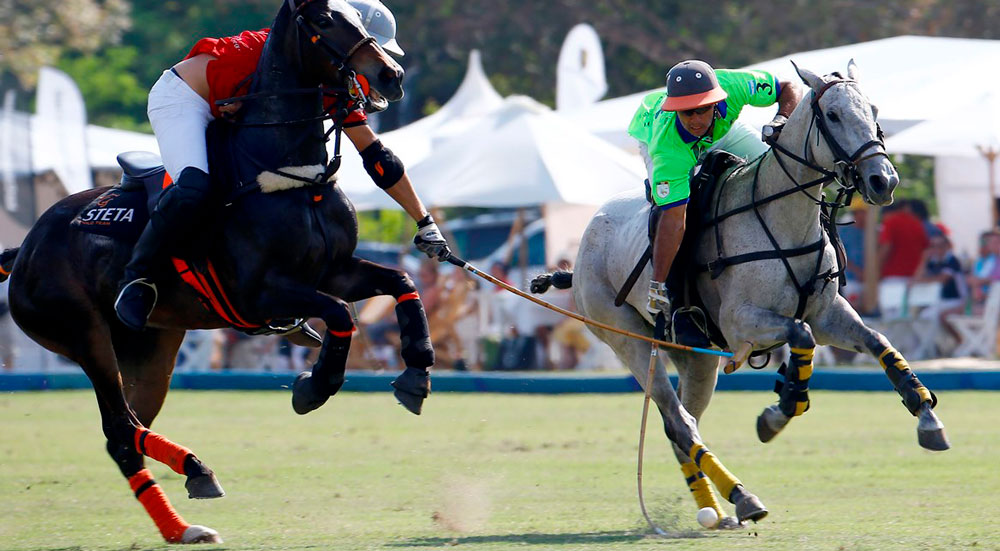
With the stunning views and gentle ocean breezes, one might be tempted to do nothing more than recline in a beach chair with a fruity cocktail close at hand. But it’s hard to sit still at Careyes, because there’s a lot of fun to be had. Naturally, I made for the polo fields and stables at the first possible moment. The club maintains a string of 30 polo ponies, all Mexican-bred. I opted for a little pre-match stick and ball with pro Tommy Elliot (3 goals) on one of the club’s two grass fields. An unexpected treat was the presence of internationally renowned polo instructor Rege Ludwig. One lesson with this miracle worker and I regretted my decision to sit out the tournament. I’m not exaggerating when I say I was 100 percent better after Rege was finished with me.
Four teams met for the Thanksgiving tournament, with Mangorace and La Constancia facing off in the finals. La Constancia was represented by club owner Oscar Garibay (4 goals) with his three children Paula (12), Emilia (10) and Mateo (8) sharing a position between chukkers. While Rege may have given me a huge boost in confidence, I decided it was just as well I wasn’t playing. Humiliation at the hands of an adorable 8-year old, so small his stirrups had to be tied up, is a bit much to swallow. Despite a brave effort by La Constancia in the final, Mangorace won the match 7-5.

Once the polo is finished, there are plenty of other activities to keep you out of your beach chair. Swimming and paddle-boarding are de rigueur, as is an outing with Captain “Crunchy,” a.k.a. Jose Luis Solorio. Whether you want to bird watch, fish, find a secluded beach for a picnic or swim in a crystal-clear lagoon, a boat trip along the coast is not to be missed.
Socializing is also a huge part of the Careyes experience. According to Giorgio Brignone, 120 families own properties, representing more than 40 nationalities. Given the resort’s private, low-key atmosphere, many of the guests at Careyes are friends of friends and the vibe is cosmopolitan yet super friendly. Guests gather at one of the seven local restaurants. My favorite was Playa Rosa, a cozy palapa-style restaurant located right on the beach. We enjoyed a spectacular Thanksgiving dinner on the beach at Playa Rosa, with white-draped tables set at the water’s edge. Tiki torches and a blazing fire pit added to the romantic atmosphere, and turkey with stuffing never seemed more exotic. Another favorite spot for apres-polo drinks and tapas is the Casa de Nada, a rustic spot right on the beach. The most informal of the dining options, de Nada is a great place to enjoy a mezcal. Be sure to bring mosquito repellent though, as these local menaces are the size of pterodactyls.
For a party, you’ll want to head into the village of Careyes where the town square is flanked by two restaurants. On one side is La Coscolina, known in particular for its famed smoothies and vegetarian options. On the other is Punto Como, an Italian steakhouse with a knockout wine list curated by Giorgio Brignone himself. It’s the perfect spot for a party, with guests seated at long refectory tables arranged along the edge of the village square. But for the gourmand, Pueblo 25 is not to be missed. Peruvian transplant Marcos Lorelli has created a dining experience like no other. The restaurant offers no menu, but rather serves whatever is fresh from the sea and the gardens. Guests are served outdoors, on a candlelit flagstone terrace surrounded by jungle greenery. The cuisine is both sophisticated and inventive, and we enjoyed pulpo in a mole sauce livened by the addition of black beans.
Sybarite’s delight though Careyes may be, the Brignone family is devoted to more than just pleasure. In 2013, the family created the Careyes Foundation to further their environmental and philanthropic goals. Careyes sits amidst the Chamela-Cuixmala Biosphere Reserve, a 32,000-acre preserve that is home to many species of mammals, birds, reptiles and amphibians. The Brignones are passionate about the environment and every aspect of Careyes is developed with sustainability and the continued health of the surrounding environment in mind.
Since 1983, Careyes has run a sea turtle conservation program dedicated to protecting the local nesting area from predators, animal and human alike. Newly-laid eggs are harvested from nests on the beach and relocated in order to allow safe hatching. Turtles typically hatch at night, and the hatchlings are released into the sea at dawn. Giorgio estimates that the program has released around 1.5 million turtles since its inception.
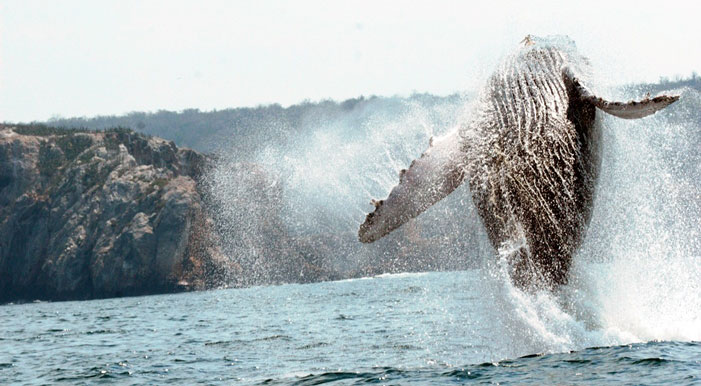 Since the beginning, Careyes has hosted the bold and the beautiful, the rich, the famous, and the aristocratic. Heidi Klum and Seal got married there, Bruce Weber shot the original Obsession ads there, and Cindy Crawford was photographed as God created her. But while this Pacific coast paradise may attract more than its share of luminaries, the sophistication is tempered by a lack of pretentiousness and the warm welcome extended to every guest. Whether you go for the polo, the beach or the privacy, Careyes is sure to surpass all your expectations.
Since the beginning, Careyes has hosted the bold and the beautiful, the rich, the famous, and the aristocratic. Heidi Klum and Seal got married there, Bruce Weber shot the original Obsession ads there, and Cindy Crawford was photographed as God created her. But while this Pacific coast paradise may attract more than its share of luminaries, the sophistication is tempered by a lack of pretentiousness and the warm welcome extended to every guest. Whether you go for the polo, the beach or the privacy, Careyes is sure to surpass all your expectations.
Visit: careyes.com
